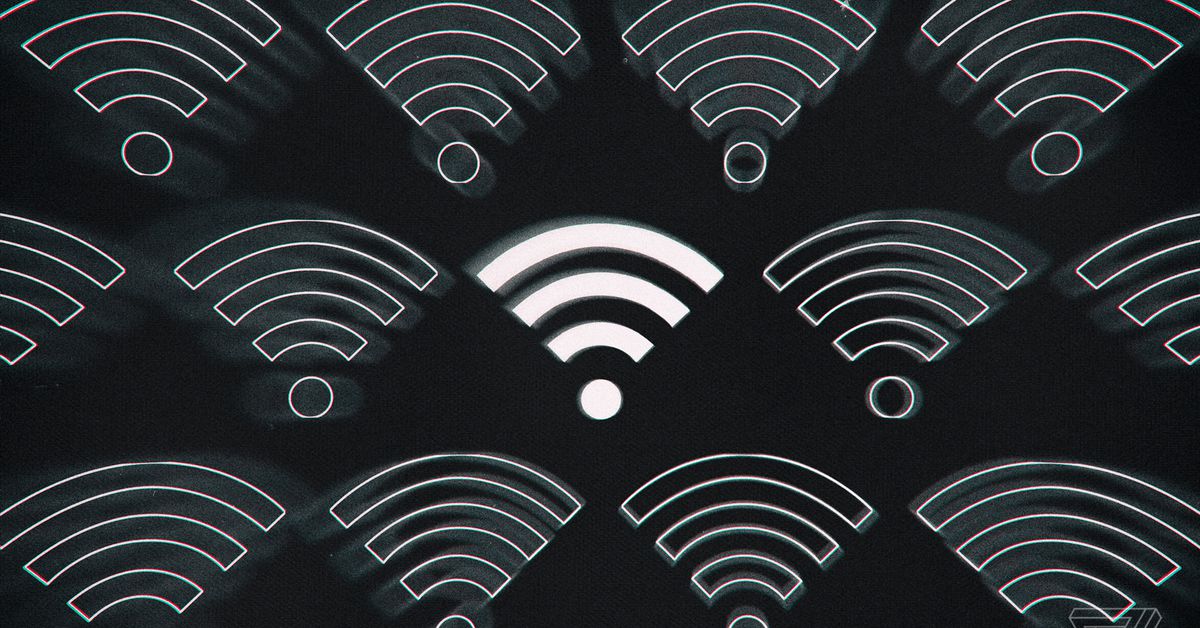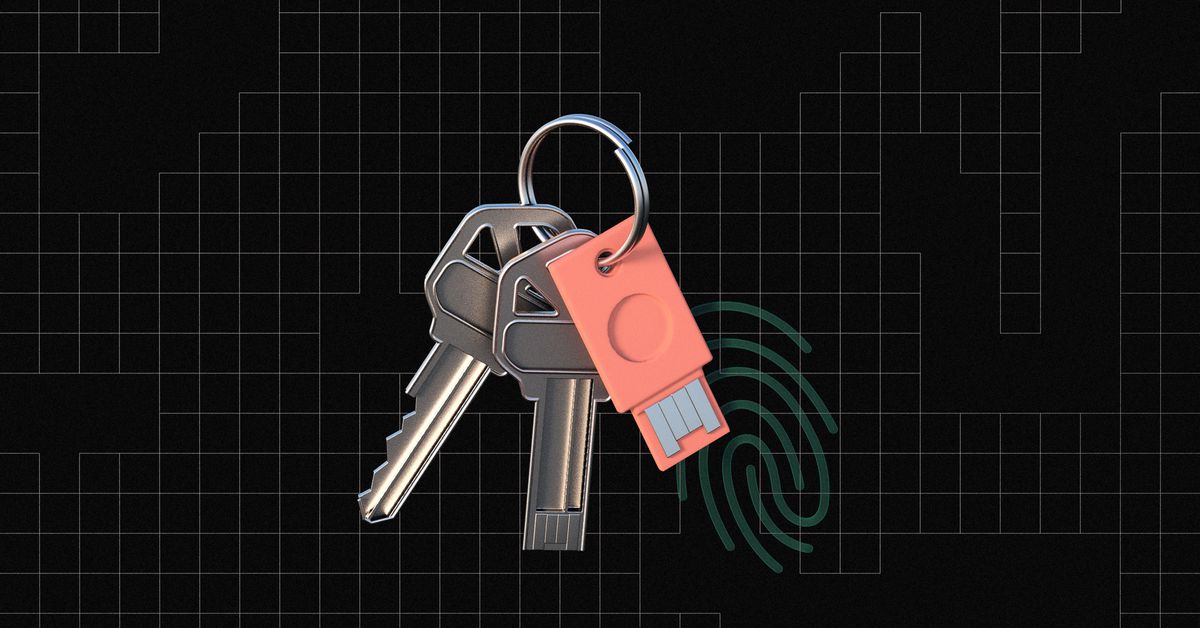How to disable fertility tracking features in iOS
Apple’s Cycle Tracking is completely optional, especially advanced features like retrospective ovulation estimates and cycle deviation detection. | Illustration by Samar Haddad / The VergeWhen Apple first launched Cycle Tracking for periods in its Health app, the feature was...
/cdn.vox-cdn.com/uploads/chorus_asset/file/24008213/HT015_S_Haddad_ios_iphone_14_01.jpg)
When Apple first launched Cycle Tracking for periods in its Health app, the feature was fairly basic. It didn’t do much besides let you log your period — and even then, you couldn’t log factors like pregnancy or birth control. However, the company recently added advanced features that can help retroactively identify when a person ovulates and detect cycle deviations.
While these tools might be helpful, it’s understandable if you’re leery of sharing biometric information for this particular purpose in the post-Roe era. If that’s the case, you can easily disable those features.
Apple’s retrospective ovulation estimates are based on temperature data. That means you need an Apple Watch Series 8 or Ultra, which are currently the only Apple Watch devices that track that information. (You can, however, manually input your basal body temperature.) If you disable wrist temperature tracking, that will effectively disable the Health app from collecting this data.
To disable wrist temperature
Photo by Amelia Holowaty Krales / The Verge
To disable fertility tracking
Disabling the wrist temperature features doesn’t necessarily disable all fertility tracking features within the Health app. It simply means your biometric data won’t be stored or used to make fertile window predictions. If fertility tracking remains enabled, the Health app can still use your data to predict your fertile window and estimate ovulation — it just won’t be as accurate.
To completely disable fertility tracking:
Cycle Deviation Detection is another feature that Apple’s added. When turned on, it notifies users if they have irregular, infrequent, or prolonged periods. It will also notify you if it detects persistent spotting.
Open the Health app and navigate to Cycle Tracking > Options.Under the Period Tracking header, tap Cycle Deviation Detection.You should see four toggles for Irregular Periods, Infrequent Periods, Prolonged Periods, and Persistent Spotting. Turn all these off.
A note on privacy
Period apps don’t have the best privacy protections. Here’s how Apple approaches Cycle Tracking data, according to its support page:
When your phone is locked with a passcode, Touch ID, or Face ID, all of your health and fitness data in the Health app, other than your Medical ID, is encrypted. Any health data synced to iCloud is encrypted both in transit and on our servers. And if you have a recent version of watchOS and iOS with the default two-factor authentication and a passcode, your health and activity data will be stored in a way that Apple can’t read it.
That said, none of this covers what happens if you share this data with third-party apps via HealthKit integrations. It also doesn’t guarantee that Apple won’t share data if compelled by law enforcement. While period app data hasn’t been a major part of efforts to prosecute abortion seekers thus far, the only way to be 100 percent sure is to go non-digital.
If you’ve decided you’d rather just delete all your Cycle Tracking data altogether or learn more about period app privacy, you can refer to the related links box above.

 Kass
Kass 
































